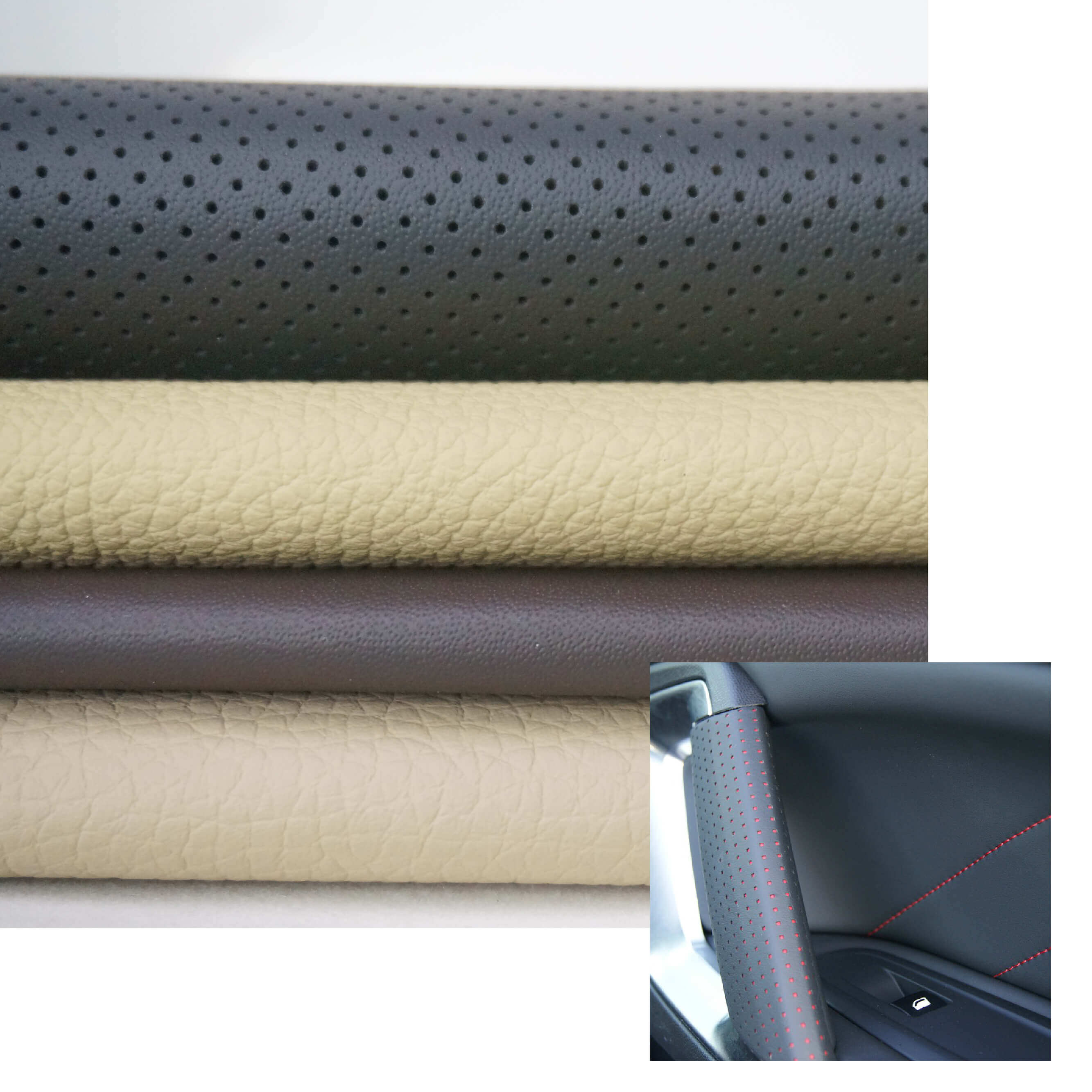Email format error
Email cannot be empty
Email already exists
6-20 characters(letters plus numbers only)
The password is inconsistent
Email format error
Email cannot be empty
Email does not exist
6-20 characters(letters plus numbers only)
The password is inconsistent

News

PU Material or Synthetic Leather: A Comprehensive Exploration
I. Introduction to PU Material and Synthetic Leather
PU material and synthetic leather have emerged as versatile alternatives in various industries, offering a blend of functionality, aesthetics, and cost-effectiveness. Originally designed as substitutes for genuine leather, these materials have undergone significant evolution over the years, gaining prominence across multiple sectors.
II. Composition and Manufacturing Process
The production of PU material involves combining various ingredients, including polyurethane polymers, additives, and solvents. Conversely, synthetic leather manufacturing utilizes a mix of fabric substrates coated with polymeric layers, often incorporating polyvinyl chloride (PVC) or polyurethane (PU).
III. Comparison between PU Material, Synthetic Leather, and Genuine Leather
When evaluating the properties of PU material and synthetic leather against genuine leather, distinct differences emerge. While genuine leather offers a unique tactile experience and natural aesthetic, PU and synthetic variants provide enhanced durability, water resistance, and cost-effectiveness, making them preferred choices in specific applications such as fashion and upholstery.
IV. Applications of PU Material or Synthetic Leather
From the runways of Paris to automotive interiors and sports equipment, synthetic leather and PU material have diversified applications. In the fashion industry, these materials emulate the luxurious feel of genuine leather, offering designers flexibility and sustainability. Similarly, the automotive sector leverages their durability and aesthetic appeal, creating interiors that combine comfort with functionality.
V. Environmental and Sustainability Concerns
Addressing biodegradability and recycling challenges remains pivotal for the PU material and synthetic leather industries. While these materials offer advantages in terms of cost and versatility, their environmental impact necessitates innovations in eco-friendly production methods and recycling initiatives, aligning with global sustainability goals.
VI. Advantages and Disadvantages of Using PU Material or Synthetic Leather
The benefits of PU material and synthetic leather encompass water resistance, ease of maintenance, and affordability. However, challenges such as breathability issues and potential longevity concerns warrant consideration, especially in applications demanding stringent performance criteria.

VII. Maintenance and Care for PU Material or Synthetic Leather Products
Ensuring the longevity of synthetic leather and PU material products necessitates adopting proper cleaning techniques and maintenance practices. Whether it's a designer handbag or automotive upholstery, understanding the unique care requirements can extend the lifespan of items, preserving their aesthetic appeal and functionality.
VIII. Innovations and Future Trends in PU Material or Synthetic Leather
Technological advancements continue to redefine PU material and synthetic leather applications. Integrating these materials with smart fabrics, wearable technology, and sustainable practices offers exciting possibilities, driving innovation across industries and shaping consumer preferences.
IX. Consumer Perspective on PU Material or Synthetic Leather
Consumer preferences for synthetic leather and PU material reflect evolving perceptions regarding aesthetics, functionality, and ethical considerations. As awareness grows around animal rights and environmental sustainability, these materials offer viable alternatives, resonating with discerning consumers seeking value and conscious choices.
X. Regulations, Standards, and Certifications
Adhering to industry standards and regulatory guidelines remains paramount for PU material and synthetic leather manufacturers. Ensuring compliance with safety standards, certifications, and ethical practices fosters trust among stakeholders, mitigating risks and enhancing market credibility.
XI. Case Studies: Successful Applications of PU Material or Synthetic Leather
Analyzing successful applications and market trends underscores the adaptability and potential of PU material and synthetic leather. Whether it's innovative fashion designs, automotive advancements, or sustainable initiatives, case studies offer insights into industry shifts and emerging opportunities.
XII. Economic Impact and Market Analysis
The economic implications of PU material and synthetic leather extend beyond manufacturing, influencing market dynamics, growth trends, and investment opportunities. Understanding the market size, consumer demand, and competitive landscape provides stakeholders with strategic insights that guide decision-making and foster innovation.
In conclusion, PU material and synthetic leather continue to redefine industries, offering versatile solutions that balance functionality, aesthetics, and sustainability. By embracing innovation, adhering to regulatory standards, and addressing environmental concerns, these materials shape the future of design, manufacturing, and consumer preferences.

